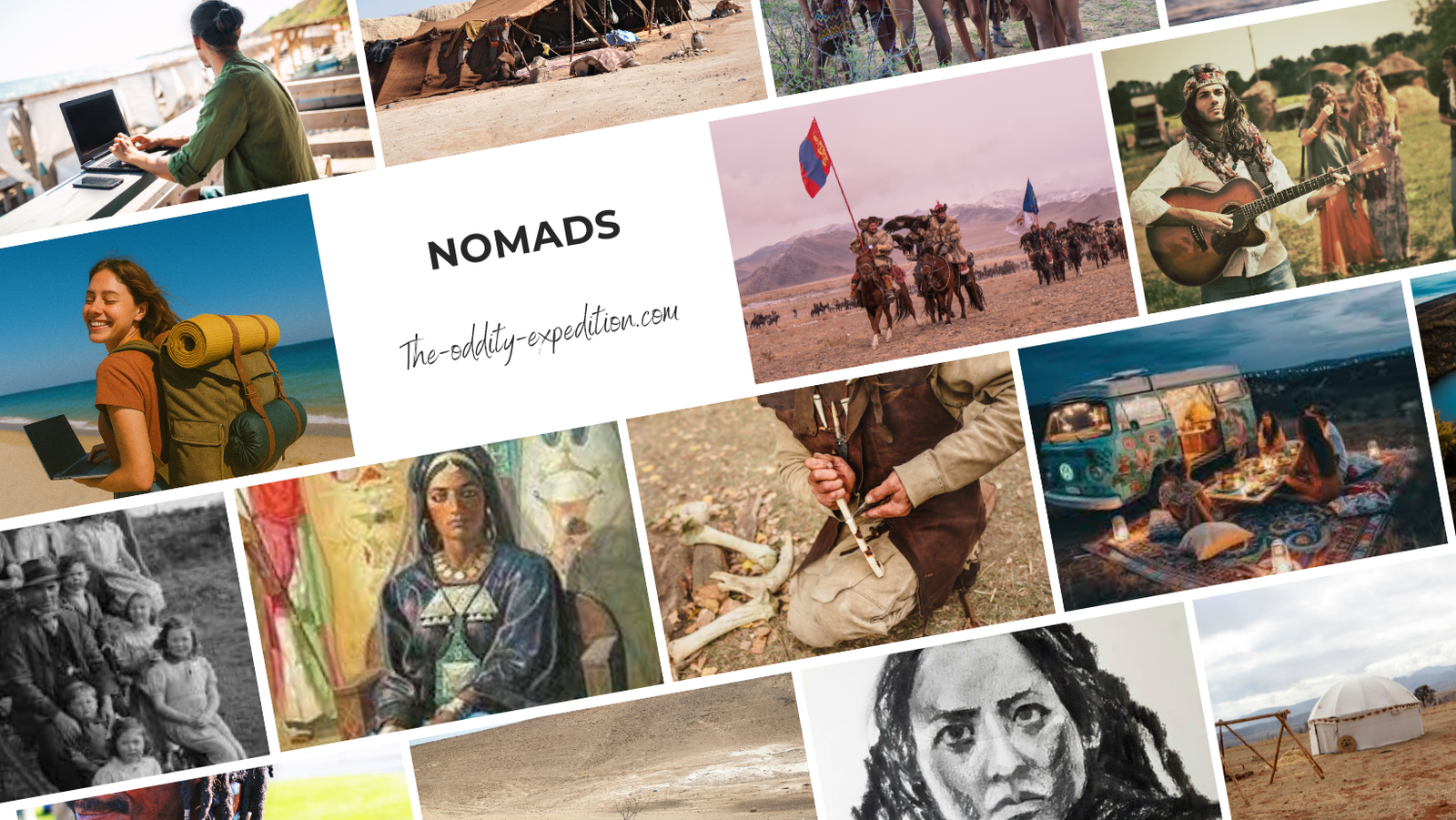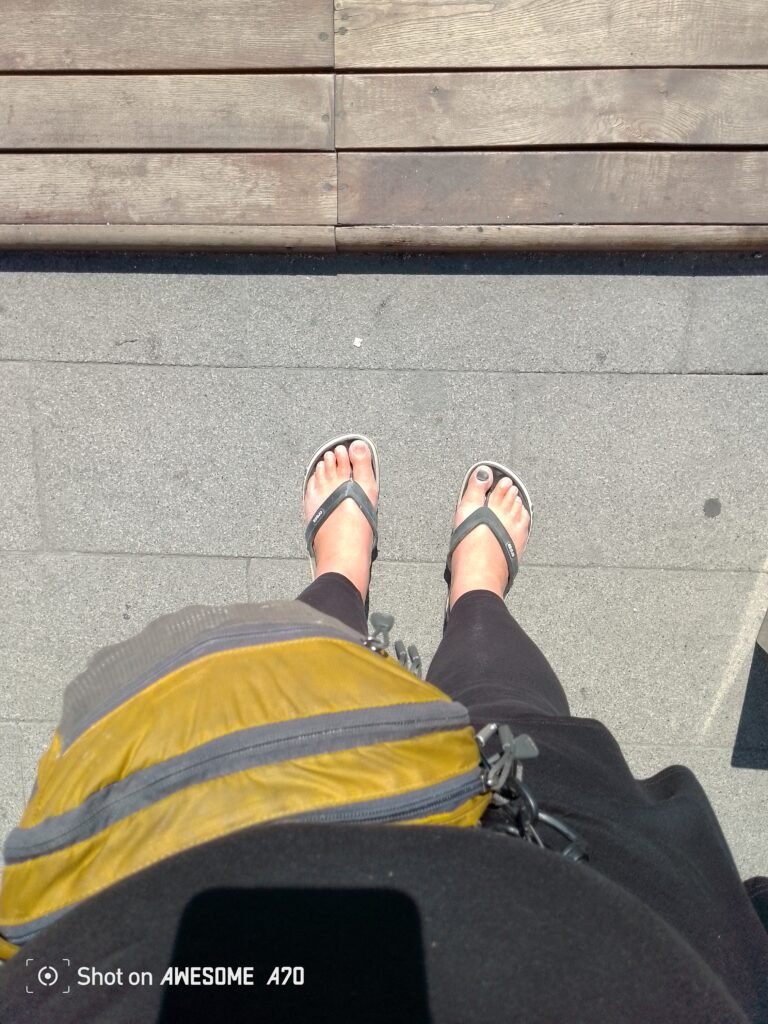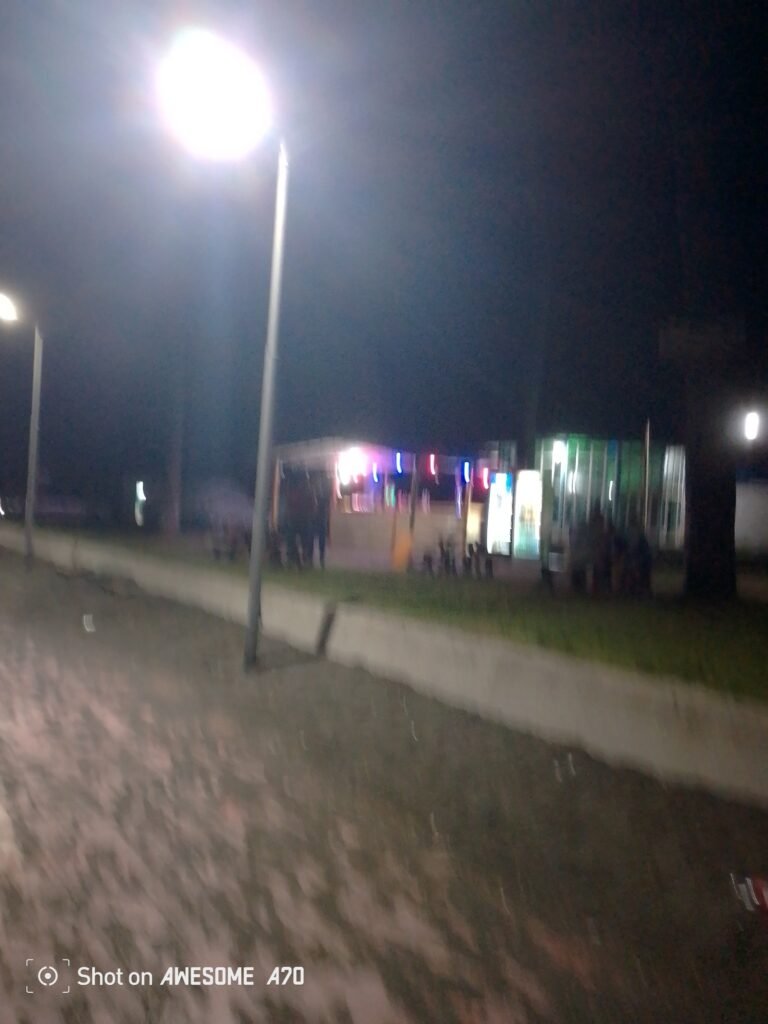Nomads Then and Now: From the Hippie Trail to Digital Nomads – Freedom, Minimalism, and the Many Faces of Life on the Road
When people talk about “nomads” today, many immediately think of
digital nomads: people who travel the world with a laptop and backpack, working wherever Wi-Fi is available, seemingly living a life between beach bars and co-working spaces.
Social media is full of glossy images – palm trees, cocktails, sunsets.
But this picture falls short. Because: Nomadism is not a new invention.
Since the dawn of humanity, we have been on the move. And there have always been many forms of nomadic life – some glamorous, others minimalistic to the very edge of subsistence.
🌍 The First Nomads – Our Roots
At the beginning of humankind, all people were nomads. Hunters and gatherers roamed forests and steppes, always moving to where food and water could be found.
They carried only what was necessary: tools, furs, some flint. They slept in caves, under trees, or in simple camps.
👋 Thanks for being here!
This blog shows what others often leave out – honest, raw, from a different angle. If you value these unusual perspectives, your support helps me keep writing. Whether it’s once or regularly – every small gesture means a lot.
🫶 Thank you for helping voices like mine be heard.
It was the most radical minimalism imaginable – not for lifestyle reasons, but because possessions were a burden.
Those who carried too much could not move quickly enough with the group.
In a way, we are all descendants of nomads.
⚔️ Nomads in History – Queens, Warriors, and Traders

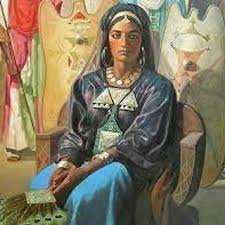

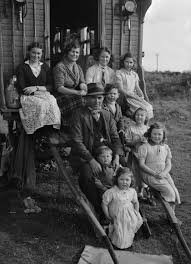
Here, nomadism meant power, survival, culture, and identity. Some were rich in horses, tents, and tributes – others lived with almost nothing.
🌸 The Hippies – Seekers of Freedom on the Hippie Trail
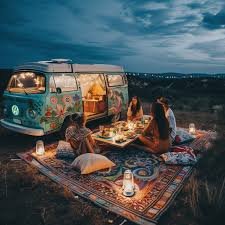
A big leap into modern times: In the 1960s and 70s, a new form of nomadism emerged – the hippies.
- Some traveled in brightly painted VW buses, with music and friends, living almost glamorously for their time.
- Others hitchhiked, slept in fields, tents, or on the rooftops of simple hostels, living from street music, selling jewelry, or odd jobs.
- Minimalism was everyday life: a heavy backpack, a sleeping bag, a guitar – nothing more was needed.
The fascinating part: Even back then there were different kinds of nomadic life.
Some traveled loudly, colorfully, and in communities, others alone, quietly, almost ascetically.
🎒 From Heavy Backpacks to Ultralight Living

In the past, nomadic life was physically heavy. Travelers often carried tents, cookware, clothing, and provisions. Hippies, too, often carried heavy loads – 20 or 30 kilos on their backs was not unusual.
- Ultralight gear now makes it possible to travel for months with 30-liter backpacks.
- Instead of a tent, sometimes a light tarp or even just a hammock setup is enough.
- Technology replaces much: smartphone instead of books, laptop instead of typewriter, power bank instead of generator.
Nomadic life became lighter – in weight, but not necessarily in challenges.
💻 Digital Nomads – Freedom or Illusion?

- Income comes from remote work, freelancing, or online businesses.
- Accommodation is in hostels, Airbnbs, sometimes vans or tents.
- Media shows mostly the glossy side: pool, laptop, freedom.
But the reality is more complex:
- Internet outages, uncertain visas, fluctuating projects, loneliness.
- Not everyone lives at the beach – many work in stuffy cafés or co-working spaces.
- Minimalism is mandatory: one backpack, one laptop – but often also a dependence on technology.
As in the past: Not all nomads live the same. Some enjoy luxury, others struggle to survive.
✨ Many Faces of Nomadism – Then and Now
Nomadism has never been uniform.
- In the past: From powerful queens in luxurious tents to hunters with only a spear.
- Hippies: From bus communes full of music and colors to quiet seekers staying in ashrams.
- Today: From Instagram stars with luxury lifestyles to minimalists traveling with only a carry-on and a sleeping bag.
What remains at the core:
- Movement instead of stagnation.
- Minimalism instead of excess.
- Freedom – but also uncertainty.
🧭 Personal Reflection
When I look at the digital nomad movement today, I see parallels to the hippies – the search for freedom, for another way of life. At the same time, I see the differences: technology, media, and a world that spins faster.
Media often turns nomads into heroes or dreamers, but rarely shows the reality: the carrying, the uncertainty, the loneliness.
Living nomadically is neither “better” nor “worse” than being settled. It is just one possibility, a way of life as old as humanity itself.
✅ Conclusion
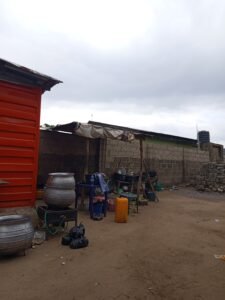
Nomads have always existed. From the hunter with a spear to the queen in a tent, the hippie with a guitar, and the digital nomad with a laptop.
The forms change – the longing remains: for freedom, for a life with less possession, for movement.
Whether glamorous or minimalistic, with a VW bus or a 30-liter backpack – in the end, nomads are people who choose life on the move as their home.
And maybe we are all – deep down – still a little bit nomads ourselves.
